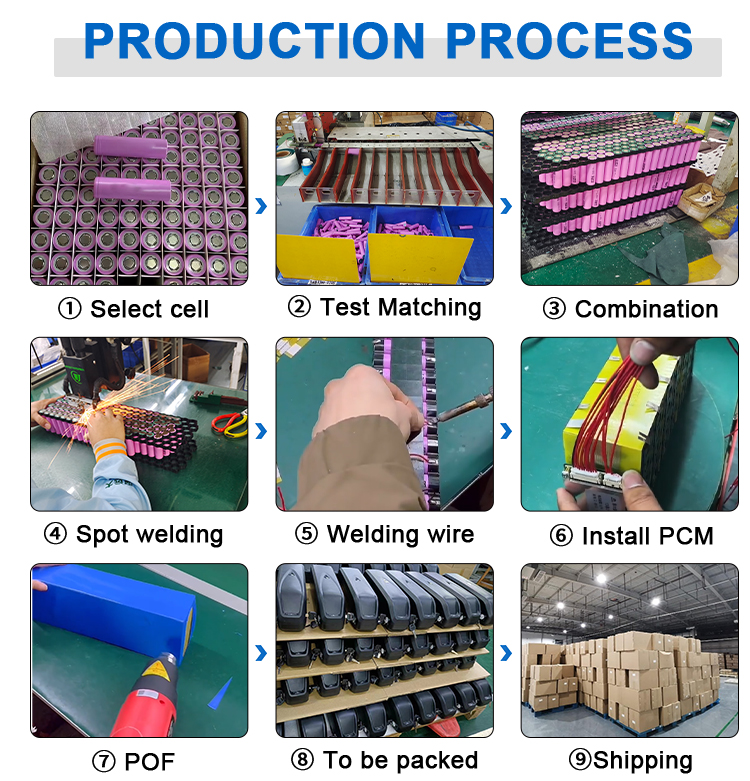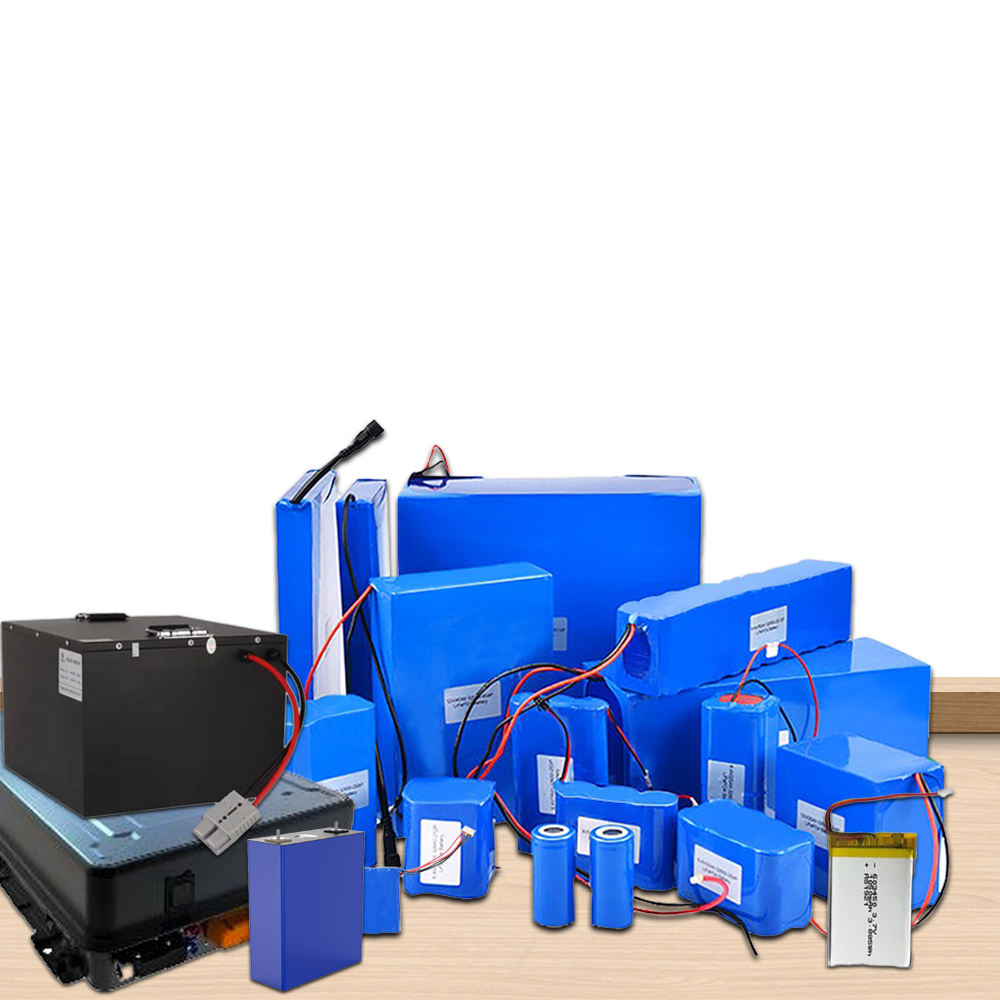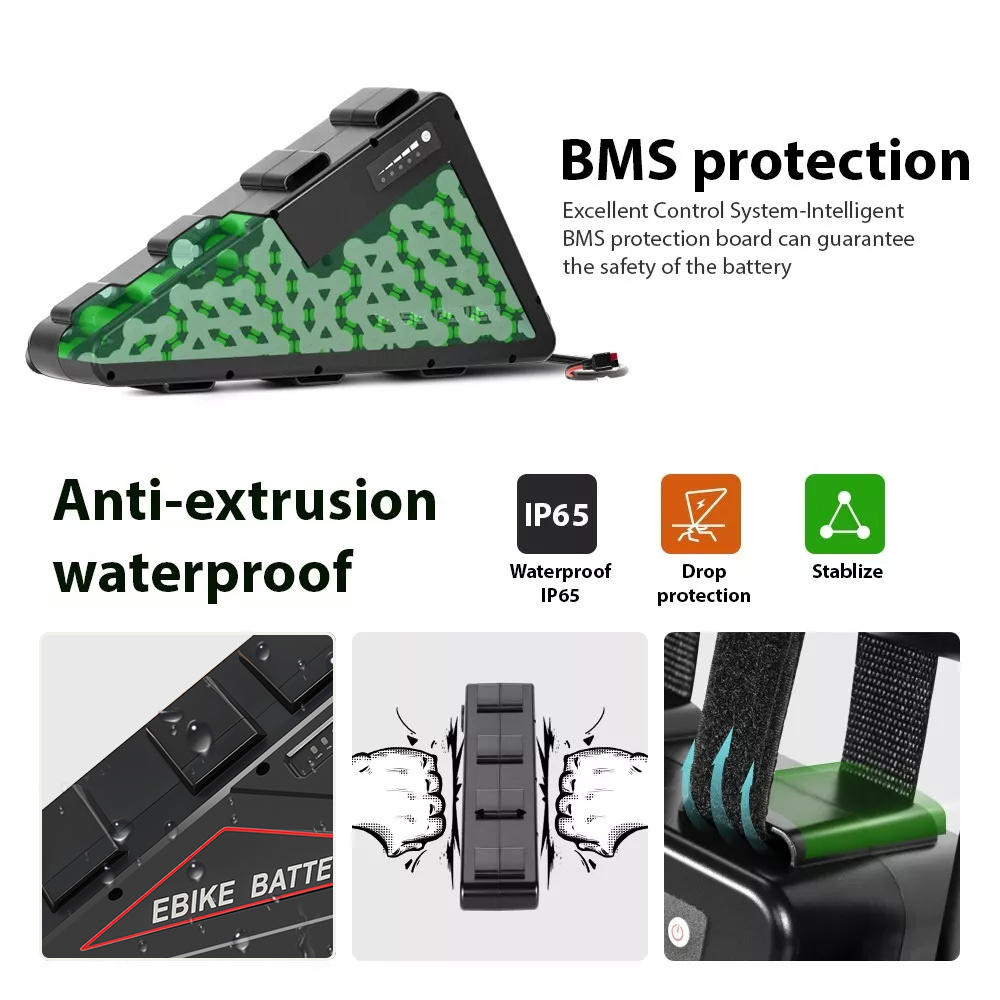18650/21700 lithium-ion battery wholesale sales
Of course. Here is a comprehensive guide to **18650 batteries**, covering everything from basic specs to advanced selection for projects like e-bikes.
—
 ### **1. What is an 18650 Battery?**
### **1. What is an 18650 Battery?**
It’s a standard-sized lithium-ion rechargeable cell.
* **Name Origin:** The numbers describe its size: **18mm** in diameter and **65.0mm** in length.
* **Ubiquity:** It’s the world’s most common lithium-ion cell, found in:
* **E-Bikes / E-Scooters** (battery packs are built from them)
* **Laptop Battery Packs**
* **Power Tools**
* **Flashlights**
* **Tesla Electric Vehicles** (thousands are bundled together)

—
### **2. Key Specifications Explained**
When choosing an 18650, you balance three main factors: **Capacity, Discharge Rate, and Lifespan.**
| Specification | What It Means | Why It Matters |
| :— | :— | :— |
| **Nominal Voltage** | **3.6V or 3.7V** (Fully charged: ~4.2V, Fully discharged: ~2.5V-3.0V) | Standard for calculating total pack voltage. |
| **Capacity (mAh/Ah)** | Milliampere-hour (e.g., 3000mAh = 3.0Ah). How much charge it stores. | **Higher = Longer run time** between charges. |
| **Continuous Discharge Current (A)** | The maximum current (Amps) the cell can safely provide continuously. | **Critical for high-power devices** like e-bikes. A low-drain cell in a high-drain device will overheat and fail. |
| **Chemistry** | **INR** (High Power & Capacity), **NMC** (High Capacity), **ICR** (High Capacity, Low Drain), **LiFePO4** (Safer, Long Life) | Determines performance and safety characteristics. |
—
### **3. Capacity vs. Discharge: The Fundamental Trade-Off**
You generally cannot have maximum capacity *and* maximum discharge rate in the same cell. This is the most important concept to understand.
* **High Capacity (e.g., 3500mAh):** Ideal for applications needing long runtime but moderate power (e.g., a laptop, a low-power e-bike).
* **High Discharge (e.g., 25A-35A):** Ideal for applications needing high bursts of power but may have shorter runtime (e.g., a powerful e-bike, a power tool).
* **”Balanced” Cells:** Many popular cells strike a good balance (e.g., 3000mAh with 15A discharge).
**Visual Guide to the Trade-Off:**
“`mermaid
xychart-beta
title “18650 Cell Comparison: Capacity vs. Discharge Current”
x-axis [“Samsung 50E”, “Molicel P28A”, “Molicel P26A”, “Sony VTC5A”]
y-axis “Discharge Current (A)” 0 –> 40
y-axis “Capacity (mAh)” 2500 –> 3600
bar [10, 25, 25, 35]
line [3500, 2800, 2600, 2500]
“`
*As discharge capability increases, capacity typically decreases.*
—
### **4. Best 18650 Brands & Models (Trusted Names)**
**Avoid no-name or fake cells (e.g., “UltraFire”).** They have wildly inflated specs and are dangerous. Only buy from reputable brands.
| Cell Model | Capacity | Continuous Discharge | Best For |
| :— | :— | :— | :— |
| **Molicel P28A / P28B** | 2800mAh / 2800mAh | 35A | **Top All-Rounder.** Excellent for high-power e-bikes and DIY. |
| **Molicel P42A (21700)** | 4200mAh | 45A | (Bonus – a larger, more powerful size) The best for high-performance. |
| **Samsung 30Q** | 3000mAh | 15A | Great balance for medium-power e-bikes (up to ~1000W). |
| **Sony/Murata VTC5A** | 2500mAh | 35A | Legendary high-drain cell for extreme power. |
| **Samsung 35E** | 3500mAh | 8A | **Long Range.** Ideal for low-power setups (<500W) where range is key. |
| **Sanyo/Panasonic NCR18650GA** | 3450mAh | 10A | Similar to 35E, another high-capacity option. |
—
### **5. Building Batteries for E-Bikes: Series (S) & Parallel (P)**
E-bikes need high voltage (36V, 48V, 52V, etc.) and high capacity (Ah). This is achieved by combining cells.
* **Series (S) increases Voltage.**
* Voltage adds, Capacity stays the same.
* Example: **10S** = 10 cells in series: `10 * 3.7V = 37V Nominal (42V max)`.
* **Parallel (P) increases Capacity (Ah) and safe Discharge Current (A).**
* Capacity adds, Voltage stays the same.
* Example: **4P** = 4 cells in parallel: `4 * 3.5Ah = 14.0Ah`. Discharge current also multiplies.
**Common E-Bike Battery Configurations:**
* **48V 20Ah Battery:** Often a **13S5P** configuration.
* **13S** for voltage: `13 * 3.7V = 48.1V`
* **5P** for capacity: `5 * 4.0Ah = 20.0Ah` (using 4Ah cells)
* **Total Cells:** `13 * 5 = 65 cells`.
—
### **6. Safety is NON-NEGOTIABLE**
1. **Use a BMS (Battery Management System):** A BMS is a small circuit board that is **ESSENTIAL** for any battery pack. It:
* Prevents **Overcharging** (stops charging at 4.2V/cell).
* Prevents **Over-Discharging** (cuts off at ~2.8V/cell).
* Provides **Short-Circuit Protection**.
* **Balances** the cells to ensure they all charge equally.
2. **Use a Proper Charger:** Always use a charger designed for your battery’s voltage and chemistry.
3. **Avoid Physical Damage:** Never puncture or crush a lithium-ion cell.
4. **Store Properly:** Store in a cool, dry place. For long-term storage, keep cells at about 3.7V (half-charged).
—
### **Where to Buy (Reputable Sellers)**
To avoid counterfeits, buy from specialized battery retailers, not general marketplaces like Amazon or eBay.
* **18650batterystore.com** (US)
* **liionwholesale.com** (US)
* **nkontube.com** (UK/Europe)
* **IMRbatteries.com** (US)
**Need help choosing?** Tell me your project’s voltage and power requirements (e.g., “48V 1500W e-bike motor”), and I can recommend a suitable cell and configuration.
 1688
1688


